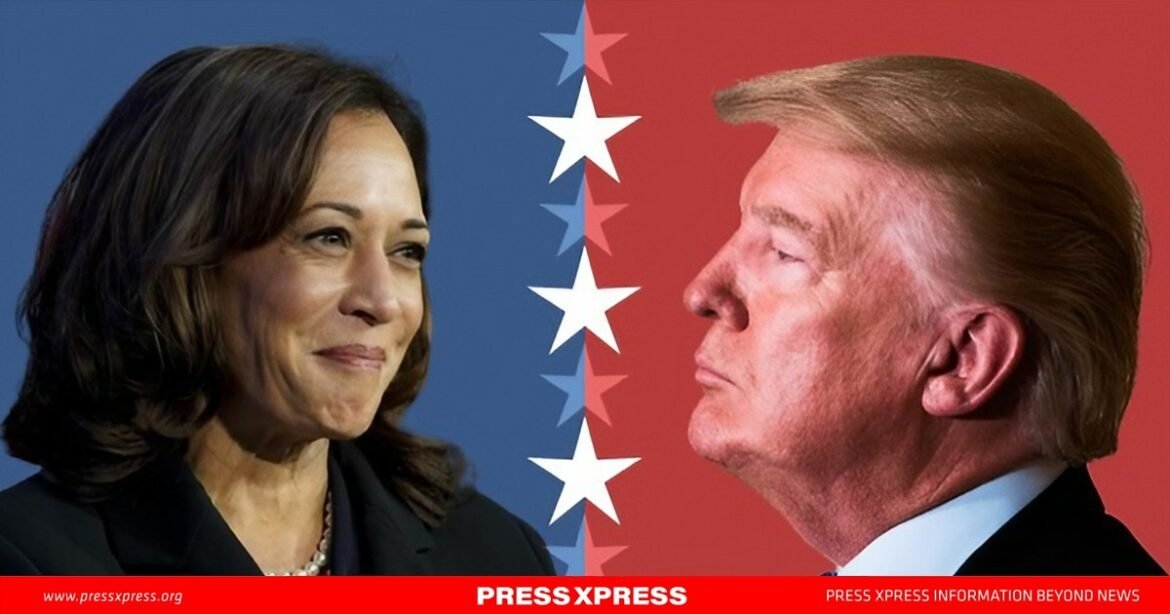As the US gears up for its 2024 presidential election on November 5, all eyes are on the two frontrunners: Vice President Kamala Harris and former President Donald Trump. What initially seemed like a repeat of the 2020 election took a dramatic turn in July when President Joe Biden withdrew from the race, throwing his full support behind Harris.
With the stage set, the nation now wonders—will history be made with the election of America’s first woman president, or will Donald Trump return for a second term?
Tracking National Polls: Who Leads?
Kamala Harris has consistently maintained an edge over Donald Trump in national polling averages since she announced her candidacy in July. The latest poll by ABC news show Harris holding onto her lead, as highlighted in the chart below, with figures rounded to the nearest whole number.

The campaign hit a critical moment on September 10, when the two candidates faced off in a heated televised debate in Pennsylvania. Over 67 million viewers tuned in to watch the showdown. Post-debate polling indicated that Harris saw a slight bump in support, with her lead rising from 2.5 points to 3.3 points in just over a week. Trump’s numbers, which had been trending upward, fell by 0.5 points in the aftermath of the debate.
Below, you can see how the poll tracker shows these small but significant changes in the race:

However, national polls, while informative, do not necessarily predict the election outcome. This is because the US presidential race is decided through the electoral college system, where winning in key swing states is crucial to securing the presidency.
The Swing States Battle: Who’s Winning Where It Counts?
Currently, the race is extremely close in the seven battleground states that will decide the election, with only one or two percentage points separating Harris and Trump. Pennsylvania, a pivotal state with the largest number of electoral votes among the swing states, could be the key to victory.
When Biden dropped out, polls showed him trailing Trump by nearly five percentage points in these battleground states. Harris, however, has managed to close the gap, and the fight for these critical states is now neck-and-neck.

How Does the Electoral College Work?
For those unfamiliar with the electoral process, each state is awarded electoral votes based on its population size. A total of 538 electoral votes are up for grabs, and a candidate needs 270 votes to win the presidency. Washington, D.C., although not a state, also has three electoral votes.
In most states, the winner of the popular vote takes all the electoral votes. In the event of a 269-269 tie, the House of Representatives would step in to decide the election.


